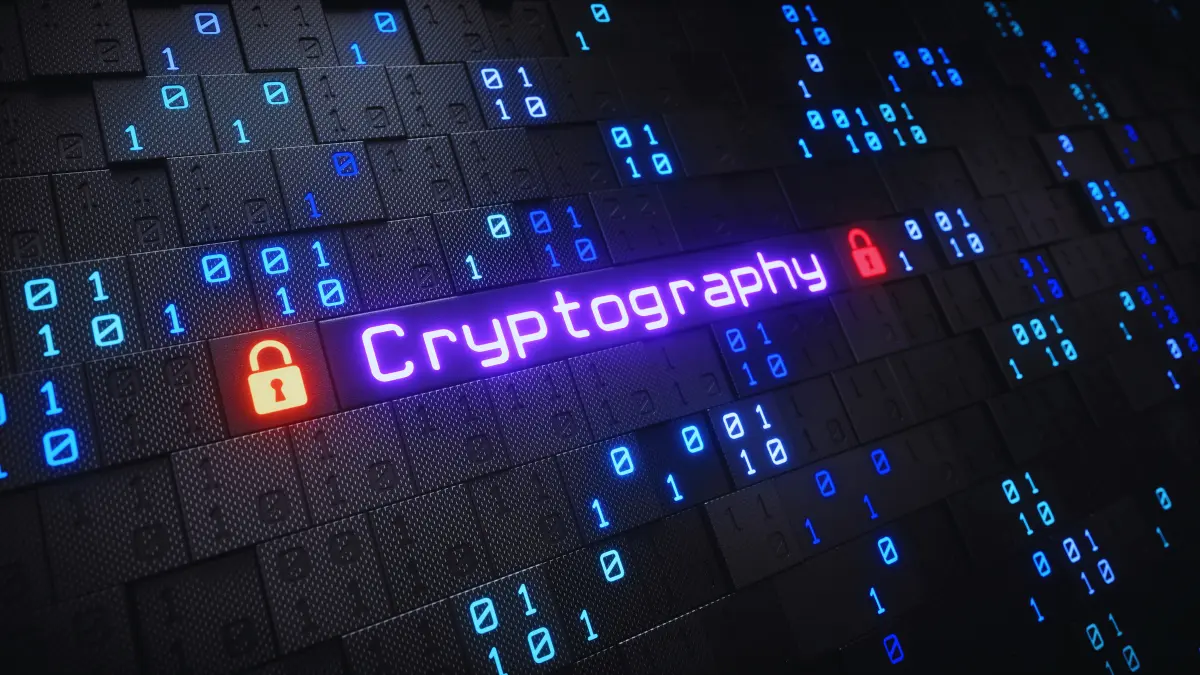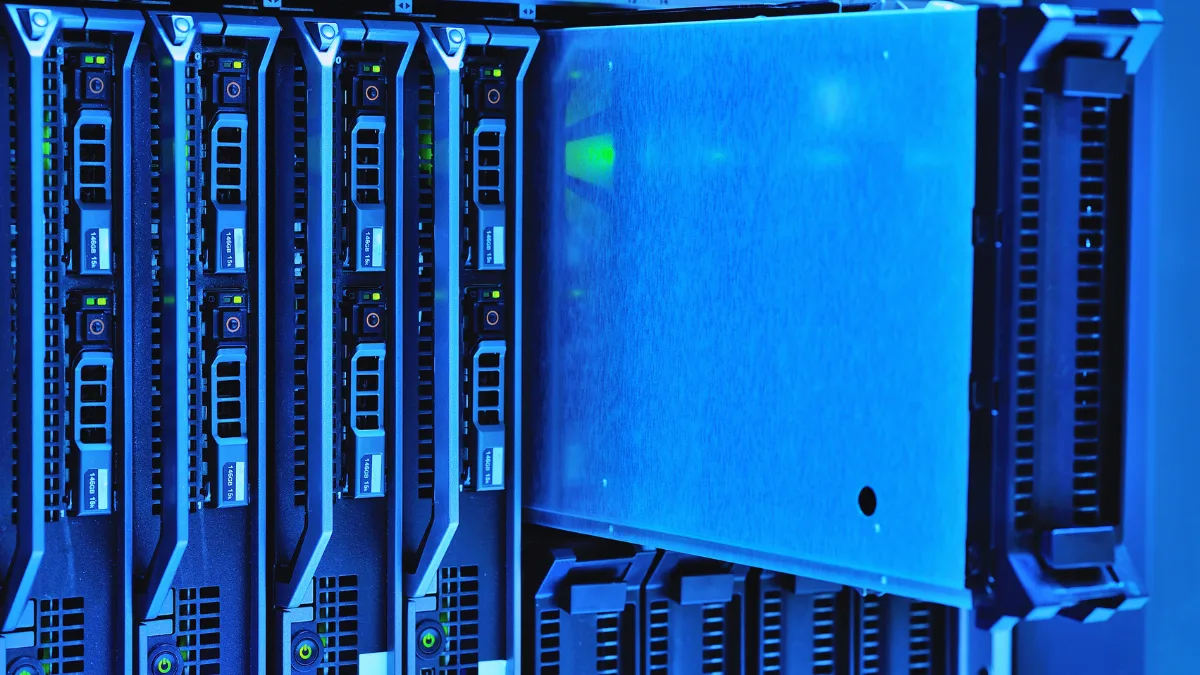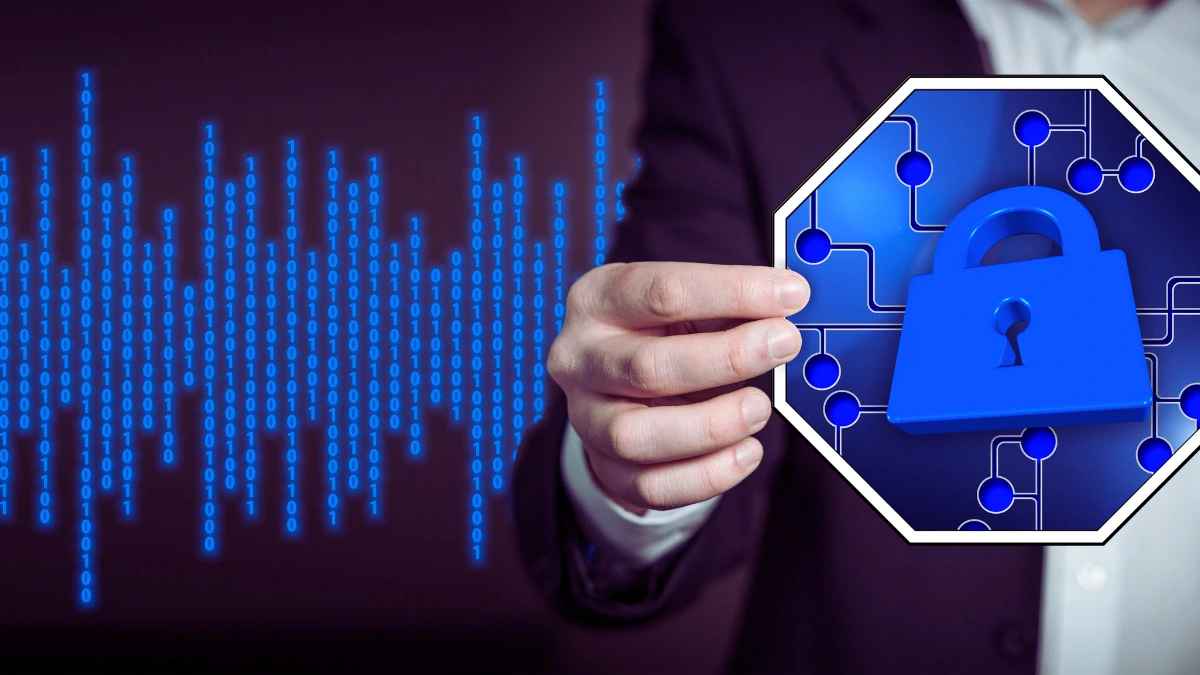Your current digital security? It’s a ticking time bomb. A single quantum computer could empty your bank account in 3 minutes.
That’s not science fiction—it’s math. Once quantum computers reach sufficient power, they’ll instantly crack the encryption protecting your finances, medical records, and personal data.
Every password, every encrypted file, every secure transaction will become an open book. Scary, right? But there’s good news. Solutions exist that can shield you from this quantum threat.
This guide walks you through what’s coming, which industries face the biggest risks, and what tools can protect you before the quantum storm hits.

The Quantum Threat: A New Era of Cyber Risk
Our current encryption systems face an unprecedented challenge as quantum computing advances. What once seemed like science fiction now stands at our doorstep, threatening the very foundation of digital security.
How Quantum Computers Crack Classical Encryption

Today’s encryption relies on mathematical problems that classical computers can’t solve quickly. RSA and ECC encryption work because factoring large numbers takes too long with current technology.
Quantum computers change this equation entirely through Shor’s algorithm. This algorithm can factorize large numbers exponentially faster than classical methods, turning what would take millions of years into mere minutes.
The implications reach far beyond corporate data. Bitcoin wallets secure funds using ECDSA signatures that quantum computers could potentially break, exposing billions in cryptocurrency assets.
Healthcare systems store sensitive patient information under encryption that quantum computers might unlock.
Records containing your medical history, genetic data, and treatment plans sit protected only by the same mathematics that quantum computers aim to conquer.
Organizations now face stark choices: wait and hope quantum computers remain theoretical threats, or act now to protect critical data before the window closes.
Some experts warn that sensitive information stolen today could be stored until quantum decryption becomes viable, meaning your encrypted data might already be compromised without your knowledge.
The Rise of Quantum Supremacy

Quantum computing has moved from theoretical concept to physical reality. In 2019, Google’s Sycamore processor performed a calculation in 200 seconds that would take traditional supercomputers 10,000 years.
Though limited in practical applications, this milestone signaled quantum computing’s arrival. IBM quickly followed with its quantum systems, steadily increasing qubit counts and stability.
The race has accelerated since then. IBM now operates quantum computers with increasing coherence times and error correction.
These systems allow researchers, corporations, and governments to run early quantum algorithms and prepare for more complex applications.
Google continues pushing boundaries with its processors, achieving new computational feats previously thought impossible.
The newest entrant, Google’s Willow chip, represents another leap forward. This architecture approaches practical quantum applications with improved error correction and scalability.
Unlike previous experimental systems, Willow aims at genuine utility rather than merely proving concepts.
This evolution marks a critical transition from academic curiosity to applicable technology, one that threatens to reshape cybersecurity as quantum computers tackle increasingly complex problems.
When Will Quantum Hacking Become Reality?
The question isn’t if quantum computers will break current encryption, but when. Most experts place this timeline between five and ten years, though estimates vary based on technical hurdles and investment levels.
The 5-10 Year Timeline: Separating Hype from Imminence

Quantum computers face significant technical challenges before becoming a practical threat. Error rates remain stubbornly high, with quantum bits (qubits) losing coherence quickly.
Each calculation introduces noise, and scientists still struggle with maintaining quantum states long enough for complex operations.
Building stable, scalable quantum systems requires overcoming fundamental physics problems not solved by simply adding more funding.
Yet money certainly helps. McKinsey reports that quantum tech investments surged to $2.5 billion in 2023 alone, with both private and public sectors racing to gain advantages.
This capital influx accelerates research across quantum hardware, algorithms, and applications. Nations view quantum computing as a strategic priority, with China, the US, and the EU committing billions to development programs.
The accelerating progress suggests that while quantum computers might not crack RSA tomorrow, the window for preparation narrows monthly.
The actual breakthrough might arrive suddenly—quantum advantage tends to follow exponential rather than linear progress curves.
Organizations waiting for a clear signal to act may find themselves responding too late when that signal finally appears.
Industries on the Frontlines

Financial systems stand directly in quantum computing’s crosshairs. Banks rely on encryption for everything from transaction verification to customer authentication.
A quantum attack could potentially freeze global markets, compromise payment networks, or empty accounts. The finance sector’s reliance on complex cryptographic systems makes it particularly vulnerable to quantum disruption.
Healthcare organizations store patient data under encryption schemes that quantum computers could compromise. These records maintain value forever—your genetic information and medical history never expire.
Defense and intelligence agencies face similar stakes with classified information that must remain secure for decades. In all three sectors, the compromise of encrypted data could trigger cascading failures and lost trust.
A troubling survey from Entrust reveals 65% of companies lack formal quantum readiness plans. This preparation gap exists despite clear warnings from security experts and government agencies.
Most organizations understand the threat conceptually but struggle to allocate resources to a risk that hasn’t materialized yet.
This planning deficit creates opportunities for attackers who target unprepared systems once quantum tools become available.
Surviving the Quantum Apocalypse: Tools and Strategies
While quantum computers threaten our current security infrastructure, researchers have been developing countermeasures. New cryptographic approaches aim to withstand quantum attacks and protect sensitive data well into the future.
Post-Quantum Cryptography: Reinventing Encryption

Cryptographers aren’t waiting for quantum computers to crack existing systems before acting.
The National Institute of Standards and Technology (NIST) has led a global competition to identify algorithms resistant to quantum attacks.
After years of testing and analysis, CRYSTALS-Kyber emerged as the primary algorithm for general encryption needs.
This lattice-based approach relies on mathematical problems that remain hard even for quantum computers to solve.
For applications requiring the highest security levels, SPHINCS+ offers an alternative based on hash functions.
These algorithms represent fundamentally different approaches to encryption, both designed to withstand quantum computing’s unique capabilities.
Organizations can implement these now, before quantum computers become a practical threat. The math behind these systems makes them secure against both classical and quantum attacks.
Many security experts recommend hybrid encryption models during the transition period.
These systems use both traditional and post-quantum algorithms together, ensuring protection regardless of which type of computer attempts decryption.
If a quantum computer breaks the classical algorithm, the post-quantum layer remains intact. This belt-and-suspenders approach provides insurance during the uncertain transition years ahead.
Quantum Key Distribution (QKD): Unhackable Communication?

While post-quantum cryptography updates mathematical approaches, QKD takes a completely different path by using quantum physics itself for security.
ID Quantique’s Cerberis system exemplifies this approach, sending encryption keys via photons across fiber optic networks.
The fundamental laws of quantum mechanics ensure that any eavesdropping attempt disturbs these photons, alerting users to potential breaches.
QKD systems offer theoretical advantages over algorithmic approaches. Their security doesn’t depend on mathematical complexity but on physical laws that cannot be circumvented even with infinite computing power.
Several governments and financial institutions have already deployed these systems for their most sensitive communications, creating quantum-secured networks across metropolitan areas and between critical facilities.
Practical limitations still constrain QKD adoption. These systems remain expensive, typically costing hundreds of thousands of dollars per connection.
Distance limitations restrict transmissions to roughly 100 kilometers without quantum repeaters, which remain experimental.
QKD also requires dedicated fiber connections or specialized hardware, making widespread deployment challenging.
For most organizations, post-quantum cryptography offers a more practical near-term solution while QKD continues maturing.
Quantum-Proofing the World: Who’s Leading the Charge?
The transition to quantum-resistant systems requires coordination across governments, corporations, and individuals. Various stakeholders have begun preparing, though with varying levels of urgency and commitment.
Government and Corporate Arms Race

National security agencies recognized the quantum threat early. The NSA began transitioning to quantum-resistant algorithms years ago, implementing what it calls “Suite B” cryptography across classified systems.
Other government agencies worldwide have followed suit, driven by the understanding that encrypted data harvested today could be decrypted once quantum computers mature.
This “harvest now, decrypt later” threat particularly concerns intelligence agencies that must protect information for decades.
Many large technology companies have launched their quantum security initiatives. Google has implemented post-quantum key exchange in Chrome, testing real-world applications of these algorithms.
Microsoft has developed quantum-resistant VPN protocols and contributed to open standards. Financial institutions have partnered with quantum security startups to protect long-term assets and transactions.
Cloudflare engineers have worked at the forefront of quantum-proofing internet infrastructure. Their TLS implementations now include experimental support for post-quantum algorithms, protecting millions of websites.
The company regularly publishes research on practical deployment challenges and performance impacts.
These efforts highlight an important reality: quantum security requires updating not just algorithms but also protocols, hardware, and software across the entire internet stack.
What Individuals Can Do Today

Regular consumers might feel powerless against quantum threats, but some tools already offer protection.
Signal Messenger incorporates post-quantum algorithms in its encryption protocol, making it resistant to future quantum attacks.
This forward-thinking approach ensures that messages sent today will remain private even if quantum computers eventually break traditional encryption methods.
Your data security strategy should account for data longevity. Medical records, financial documents, and personal communications may need protection for decades.
Consider how long your sensitive information must remain confidential, and use stronger encryption for long-lived data.
Software that follows current security standards helps mitigate risks without requiring technical expertise.
Staying aware of security updates becomes increasingly important as the quantum transition accelerates.
When applications announce post-quantum security features, enable them promptly.
Watch for announcements from password managers, VPN services, and messaging apps about quantum resistance.
The coming years will bring numerous security updates specifically addressing quantum threats, and early adoption provides the best protection.
The Road Ahead: Balancing Innovation and Security
The quantum security transition presents both technical and organizational challenges. Success requires coordinated effort across multiple domains and stakeholders.
The Cost of Complacency

Legacy systems present particular challenges during the quantum transition. Many critical infrastructure components use embedded devices with 10+ year lifespans, running encryption that cannot be easily updated.
Banking systems, power grids, and telecommunications networks often rely on hardware that wasn’t designed with quantum threats in mind.
Retrofitting these systems requires substantial investment, but becomes necessary for continued security.
Without coordinated standards, we risk creating fragmented security landscapes where some systems remain vulnerable while others upgrade.
Various countries have launched national quantum security initiatives with different timelines and priorities.
The European Telecommunications Standards Institute develops quantum cryptography standards while NIST creates American guidelines.
Organizations operating globally must navigate these potentially conflicting requirements while maintaining security across borders.
The cost of quantum security measures must be weighed against potential breach costs. Updating encryption across an enterprise requires significant investment in new software, hardware, and training.
The organizations that begin planning now will spread these costs over the years rather than facing urgent, expensive crash programs later.
Security always involves difficult resource allocation decisions, but quantum preparedness cannot be postponed indefinitely.
A Call to Action for Every Stakeholder

Enterprises should start by cataloging cryptographic assets and developing quantum transition roadmaps.
This inventory process identifies where traditional encryption appears throughout systems, applications, and data stores.
Security teams must understand which systems contain sensitive data requiring long-term protection.
A structured migration plan allows organizations to prioritize updates based on risk, starting with the most vulnerable and valuable systems.
Government agencies and policymakers play crucial roles in the quantum security transition. Research funding accelerates the development of better post-quantum algorithms and implementation techniques.
Regulatory requirements can drive adoption across industries, particularly in critical infrastructure. Public education initiatives help businesses understand the risks and necessary responses.
Technology transfer programs can help smaller organizations access quantum security expertise and tools.
Individuals should advocate for quantum security within their organizations and communities. Security professionals must educate leadership about quantum risks and appropriate countermeasures.
Software developers need to understand how to integrate post-quantum libraries into applications.
Everyone using digital services should question providers about their quantum security plans.
This shared responsibility approach acknowledges that quantum security requires action at all levels, from international standards bodies down to individual users.
